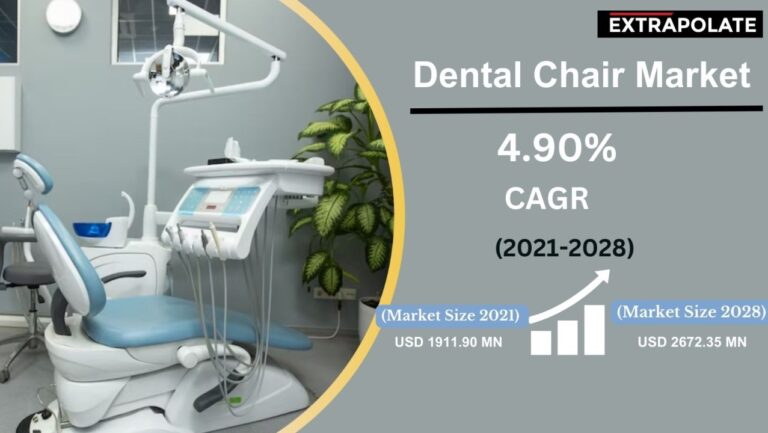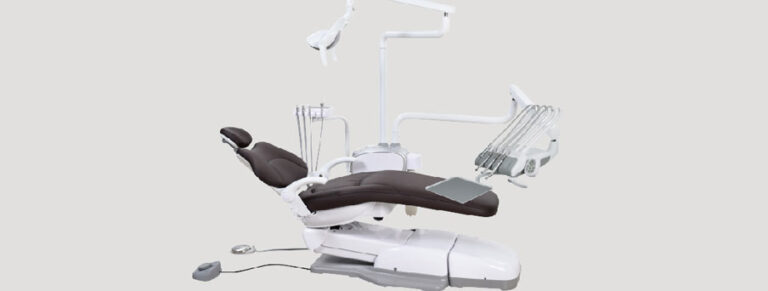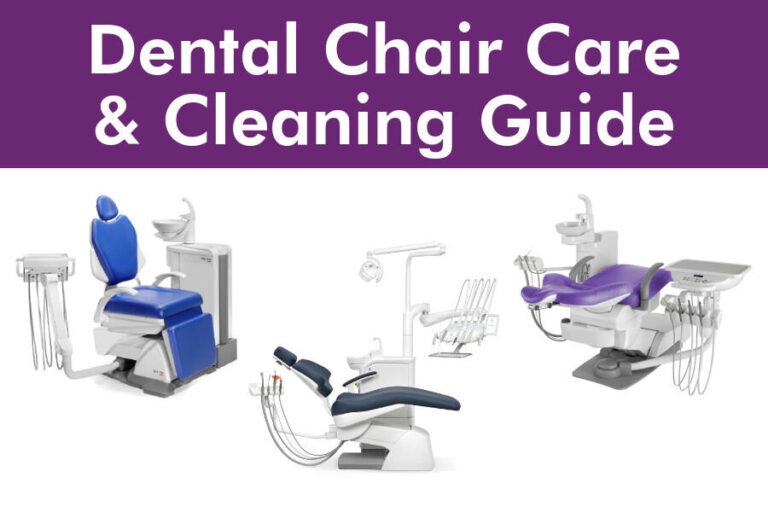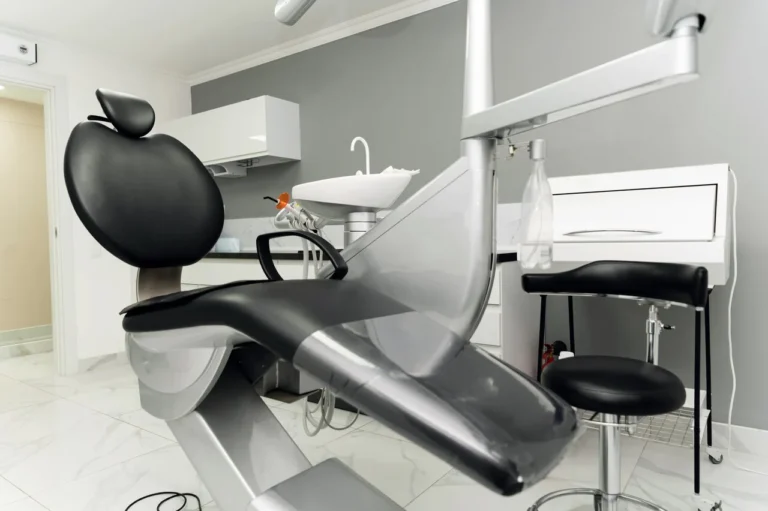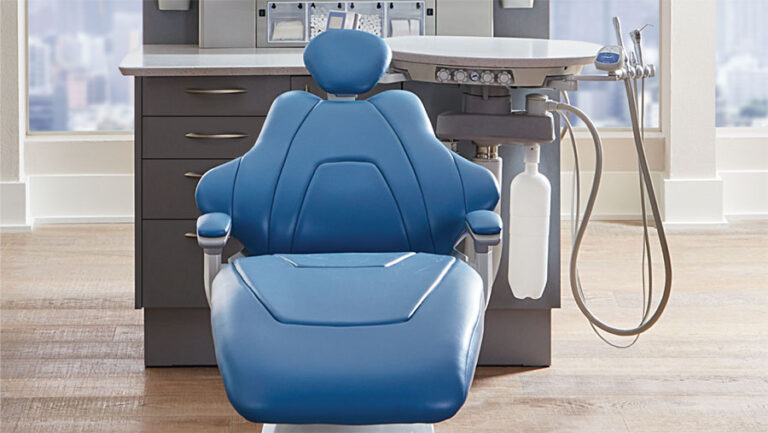As a dental professional, your dental chair is the heart of your practice. It’s where you spend countless hours providing care to your patients, and it’s a significant investment in your business. That’s why maximizing the longevity of your dental chair is crucial. In this comprehensive guide, we’ll unveil the five secrets to extending the life of your dental chair, ensuring optimal performance and patient comfort for years to come.
1. Establish a Regular Maintenance Schedule
The first secret to maximizing your dental chair’s lifespan is to establish a regular maintenance schedule. Just like any other piece of equipment, dental chairs require routine care to function at their best. Here are some key maintenance tasks to include in your schedule:
Daily Maintenance
- Wipe down the chair’s upholstery with a mild cleaning solution to remove any debris or stains.
- Flush the water lines thoroughly to prevent the buildup of bacteria and other contaminants.
- Lubricate the handpiece heads with a small amount of silicone lubricant to ensure smooth operation.
- Sterilize the workstation and operatory equipment using an autoclave or other approved method.
Weekly Maintenance
- Inspect the upholstery for any signs of wear, such as cuts, tears, or delamination.
- Check the chair’s hydraulic system for leaks or unusual noises, which could indicate a problem.
- Clean the spittoon filter and flush the waste drain with hot water to prevent clogs.
- Lubricate the O-rings on the HVEs and saliva ejector valves to prevent drying and cracking.
Monthly Maintenance
- Test the chair’s safety features, such as the foot-activated safety switch, to ensure proper function.
- Examine the base of the chair for any signs of hydraulic fluid leaks.
- Check the headrest, armrests, and seat for proper articulation and stability.
- Lubricate the O-ring at the water bottle connection point to prevent leaks.
By adhering to a regular maintenance schedule, you can catch potential issues early and prevent costly repairs down the line.
2. Invest in High-Quality Upholstery
The second secret to maximizing your dental chair’s longevity is to invest in high-quality upholstery. The chair’s upholstery is not only a matter of aesthetics but also of durability and patient comfort. When selecting upholstery for your dental chair, consider the following factors:
Durability
Choose upholstery materials that are designed to withstand the rigors of daily use in a dental setting. Look for fabrics that are resistant to tears, punctures, and stains. Vinyl and polyurethane are popular choices for their durability and ease of cleaning.
Comfort
Patient comfort should be a top priority when selecting dental chair upholstery. Look for materials that are soft, breathable, and provide adequate cushioning. Memory foam and other high-density foams can help distribute weight evenly and reduce pressure points.
Aesthetics
While function is paramount, don’t overlook the importance of aesthetics in your dental chair upholstery. Choose colors and patterns that complement your office decor and create a welcoming environment for your patients.
When it comes time to reupholster your dental chair, be sure to work with a reputable provider who specializes in dental equipment. They can help you select the best materials for your needs and ensure a proper fit.
3. Train Your Staff on Proper Usage
The third secret to maximizing your dental chair’s longevity is to train your staff on proper usage. Even the most well-maintained chair can suffer premature wear and tear if it’s not used correctly. Here are some key points to cover in your staff training:
Patient Positioning
Proper patient positioning is crucial for both patient comfort and the longevity of your dental chair. Train your staff to adjust the chair’s height, backrest, and headrest to accommodate each patient’s unique needs. Avoid overextending the chair’s range of motion, which can put undue stress on the hydraulic system.
Instrument Handling
Improper instrument handling can damage your dental chair’s upholstery and other components. Train your staff to handle instruments with care, avoiding contact with the chair whenever possible. Use instrument trays and holders to keep tools organized and off the chair’s surfaces.
Weight Limits
Every dental chair has a weight limit, which is typically around 300-400 pounds. Train your staff to be aware of this limit and to use caution when treating patients who may exceed it. Overloading the chair can cause damage to the hydraulic system and other components.
By providing thorough training to your staff, you can ensure that your dental chair is used properly and avoid unnecessary wear and tear.
4. Use the Right Cleaning Products
The fourth secret to maximizing your dental chair’s longevity is to use the right cleaning products. While it may be tempting to use whatever cleaning solution is on hand, not all products are suitable for use on dental equipment. Here are some guidelines to follow:
Avoid Harsh Chemicals
Harsh chemicals, such as bleach or ammonia, can damage your dental chair’s upholstery and other components. Stick to mild, pH-neutral cleaning solutions that are specifically designed for use on dental equipment.
Read the Manufacturer’s Instructions
Before using any cleaning product on your dental chair, be sure to read the manufacturer’s instructions carefully. Some products may require dilution or specific application methods to avoid damage.
Use Microfiber Cloths
Microfiber cloths are an excellent choice for cleaning your dental chair’s surfaces. They are gentle, highly absorbent, and effective at removing dirt and debris without scratching or damaging the material.
By using the right cleaning products and techniques, you can keep your dental chair looking and functioning like new for years to come.
5. Schedule Professional Servicing
The fifth and final secret to maximizing your dental chair’s longevity is to schedule regular professional servicing. While routine maintenance can go a long way in extending the life of your chair, some tasks are best left to the professionals. Here are some key services to consider:
Annual Inspections
Schedule an annual inspection with a qualified dental equipment technician. They can thoroughly examine your chair’s components, identify any potential issues, and make necessary repairs or adjustments.
Hydraulic System Maintenance
The hydraulic system is the heart of your dental chair, responsible for its smooth and precise movement. Over time, hydraulic fluid can become contaminated or depleted, leading to performance issues. A professional technician can flush and refill the system as needed to keep it functioning optimally.
Electrical System Checks
Your dental chair’s electrical system powers everything from the chair’s controls to the handpieces and other attachments. Regular checks by a professional can ensure that all electrical components are functioning safely and efficiently.
By scheduling regular professional servicing, you can catch potential problems early, extend the life of your dental chair, and avoid costly downtime in your practice.
Conclusion
Maximizing the longevity of your dental chair is essential for the success and profitability of your practice. By following these five secrets – establishing a regular maintenance schedule, investing in high-quality upholstery, training your staff on proper usage, using the right cleaning products, and scheduling professional servicing – you can ensure that your chair remains a reliable and comfortable centerpiece of your office for years to come.
Remember, your dental chair is not just a piece of equipment – it’s an investment in your practice and your patients’ well-being. By taking proactive steps to extend its lifespan, you can provide the highest quality care while also protecting your bottom line.
Useful Resources
- Dental Chair Maintenance Checklist
- Dental Chair Upholstery Options
- Common Dental Chair Problems and Solutions
What is the average lifespan of a dental chair?
The average lifespan of a dental chair ranges from 10 to 15 years, depending on the quality of the unit and the level of care and maintenance it receives. High-quality chairs can last even longer with proper upkeep.
How can I maximize the lifespan of my dental chair?
Maximizing the lifespan of your dental chair involves regular maintenance, careful use, and addressing repairs promptly. Ensure that chair trays are not overloaded and that the chair is cleaned according to manufacturer guidelines. Routine inspections by experienced service engineers are also crucial.
What are the signs that a dental chair may need to be replaced?
Signs that a dental chair may need to be replaced include recurring mechanical issues, decreased patient comfort, and increased downtime due to repairs. If maintenance costs exceed the value of the chair, it may be time to consider replacement.
How does regular maintenance impact the efficiency of a dental chair?
Regular maintenance ensures that a dental chair remains in optimal working condition, which is essential for the smooth operation of dental services. It helps prevent unexpected breakdowns, extends the chair’s lifespan, and maintains a high level of patient comfort and safety.
What should be included in a dental chair maintenance plan?
A dental chair maintenance plan should include regular cleaning, inspection of all moving parts, lubrication of mechanical components, and timely replacement of worn-out parts. It’s also important to train staff on proper chair operation to prevent misuse and overloading.

